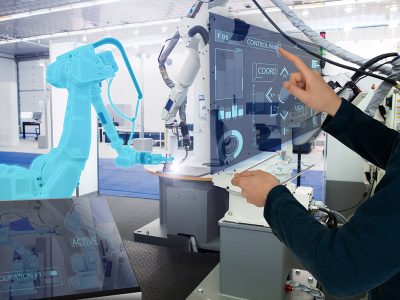Even in these times of high unemployment, the manufacturing sector continues to add jobs. According to the Bureau of Labor Statistics, in the last six months, 403,000 jobs were added. The good news is that the manufacturing industry is adding more jobs than it is losing. The bad news is that companies have to figure out how to keep their employees from being lured away by another opportunity.
It’s been said that people don’t quit their job, they quit their boss. The relationship between supervisors and employees is a key factor in whether an employee decides to stay. Making sure that your managers are trained in the art and science of managing people pays off – big time.
Think about it. In manufacturing, workers are promoted to management because of their performance on the production floor. You’ve just made your best line worker potentially your worst manager. Why? Because management takes a different skill set. Just like learning a new piece of equipment, new supervisors need training that is specific to their new responsibilities of leading and developing their people so that they can build an effective and productive work environment.
Here are the key areas on which to focus your training programs:
Feedback: One way of getting started is training your new supervisors to ask for and receive feedback. Feedback is more than a once-a-year performance appraisal, it’s an ongoing conversation. Not only will your new supervisors learn from the experience and opinions of their coworkers and subordinates, but the people providing the feedback will feel heard and valued by their manager.
Asking open-ended questions like “How do you think we can increase production here?” “What do you think we can do differently around here?” or “What would be most helpful to change in the work environment?” can lead to productive (and profitable) conversations.
Transparency: Employees may not always like what their managers have to say, but if the employees trust that their manager is coming from a place of openness and transparency, they are more likely to feel included in the process. Training your managers in communication skills will give them the ability to handle and diffuse sensitive and important situations.
Employees understand that there are some issues that are confidential, but if they know that their managers will keep them in the loop of the situations that will impact them, they are much more likely to buy in.
Continuous Improvement: Training is a process, not a one-day event to “fix” people. New managers need time to practice the skills they are learning, evaluate their effectiveness in connecting with their staff, and get feedback from their managers on what they are doing well and how they can continue to improve.
Having inhouse resources for training is valuable but using outside trainers and mentors can be even more so. When you send your new supervisors to an off-site training, they have the opportunity to meet and connect with people who are in the same boat. It’s a safe space where these new supervisors don’t have to feel that they’re every move is being watched and evaluated. To maximize your training investment, once your newly trained employees come back to work, it’s important to have some kind of follow up plan so you can easily gauge their improvement.
Offering online training modules, onsite resources, and mentors can also reinforce the concepts taught at the in-person programs. When your employees feel you are making an investment in them, you increase the chances that they will stay with you for the long term.









